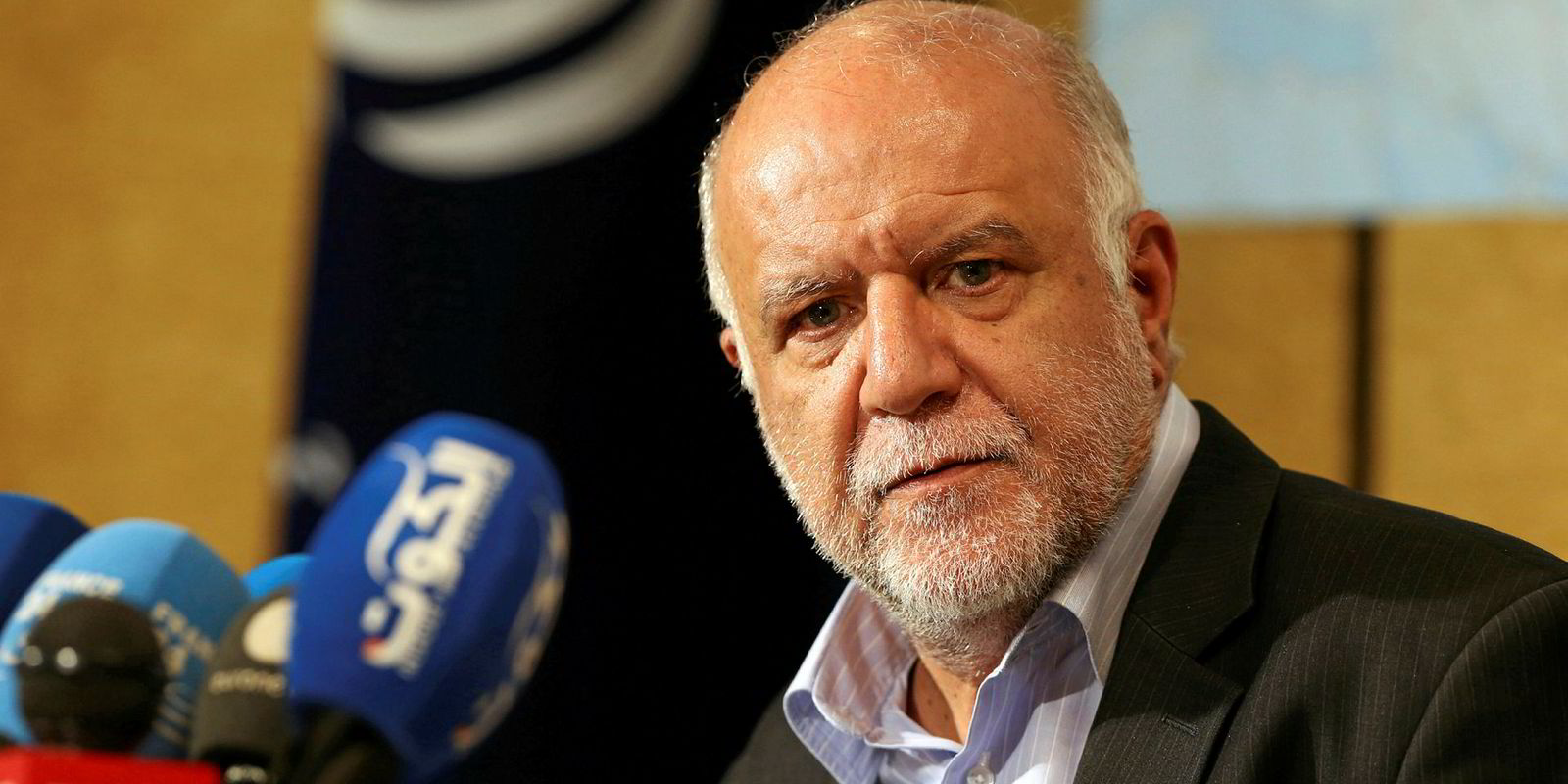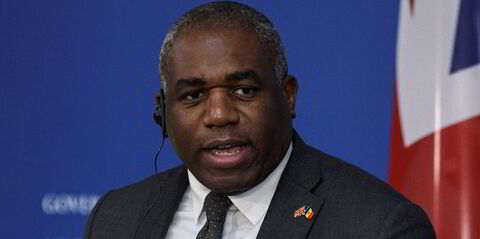Opec has forecast up to 5,000 scrubber installations by the end of 2023, saying shipowners will increasingly seek to take advantage of wider discounts of high-sulphur fuel oil to 0.5%-sulphur bunker fuel once the IMO 2020 regulations kick in.
In its World Oil Outlook 2018, the oil cartel said the pace of installing exhaust gas cleaning systems would pick up only from next year, shortly before the new bunker rules come into force and financial incentives in the form of such discounts materialise.
Approximately 2,000 vessels will be installed with scrubbers in 2020, and the number is estimated to increase to between 4,500 and 5,000 when Opec’s medium-term forecast period ends in 2023, according to the cartel’s reference case.
This is despite a perceived capacity limitation of up to 3,000 scrubber installations per year, taking into consideration the time required for retrofitting, Opec added.
In comparison, fewer than 500 vessels had installed or ordered scrubbers as of early 2018, Opec said.
“Subdued interest for scrubbing facilities [earlier] can be explained by the lack of financial incentives as the regulation goes into effect only from January 2020,” Opec said.
The cartel’s latest forecast shows little change from its 2017 report, where it predicted the number of scrubber installations to reach 4,500 in 2022, 18,000 in 2030 and 23,000 in 2040.
Many market participants have predicted the price spread between HSFO and 0.5%-sulphur fuel to grow from 2020, with the IMO rules set to trigger more demand for the cleaner fuel.
Based on Opec’s projection, demand for compliant marine diesel will rise to 1.4 million barrels per day (bpd) in 2020 from the 2019 level of 600,000 bpd, while that for compliant low-sulphur fuel oil will increase to 1.5 million bpd from 300,000 bpd.
However, demand for HSFO is projected to fall to 1.2 million bpd in 2020 from three million bpd in 2019.
While vessels can also fuel on LNG to meet the IMO regulations, such a solution is unlikely to be feasible in the immediate years following 2020, according to Opec.
“LNG bunkering is not expected to play a major short-term role…This is mostly due to the relatively slow fleet turnover, as well as a lack of appropriate infrastructure,” Opec said.
“But LNG could play a more important role in the bunker fuel mix in the longer term.”




